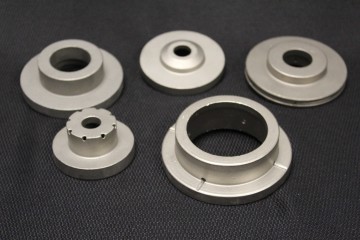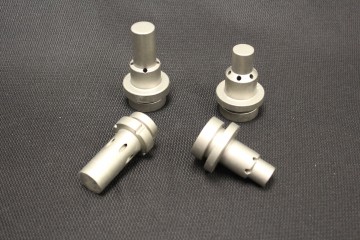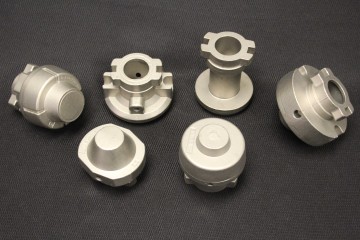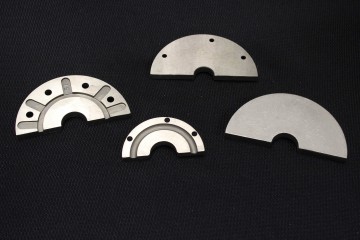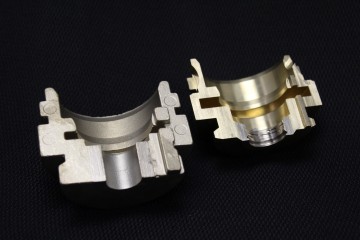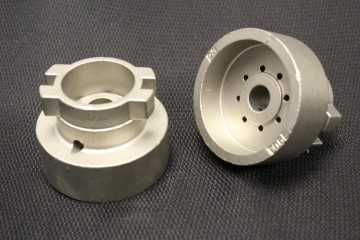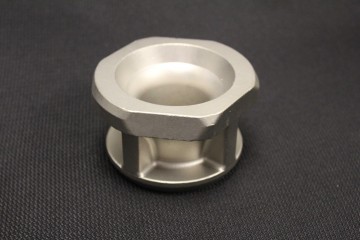A world leader in the supply of investment castings for the glass mould industry.
Franklin Bronze Precision Components is a world leader in the manufacture of precision investment castings for the glass mould industry.
Franklin Bronze’s investment casting production was founded in 1985 for the targeted supply of castings to the glass mould industry. Parts manufactured include guide rings, baffles, plungers, inserts, thimbles, blowheads, and top-plates.
Franklin Bronze provides high-quality, consistent investment castings due to technical expertise, in-house tooling & machining, and automated processing.
We pour the following alloys for the glass industry:
- Nickel – 30 & 40 Rockwell
- Brass/Bronze – GS-889, GS-909, XX (Minox)
- Stainless Steel – 17-4 PH, 303/304, 440C, 316 SS.
- Bromalloy (GS-128)
- Stellite 6 & 12
Want to know more how we serve the Glass Container Industry ?
Read about it in the latest issue of Glass Machinery Parts & Accessories Magazine
Read how we won Investment Casting Institute’s Award for Bi-Metal Castings
Read how Investment Casting Reduces Cost In Neck Ring Production

